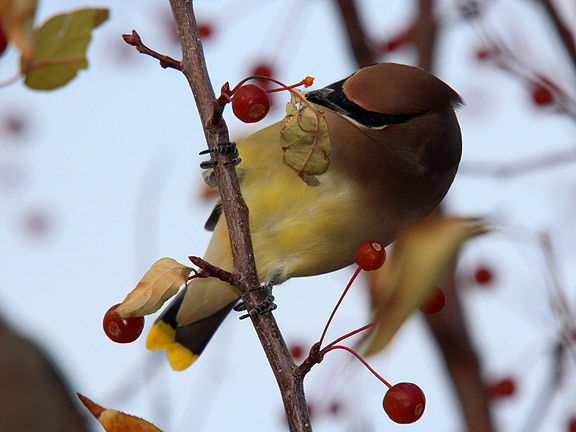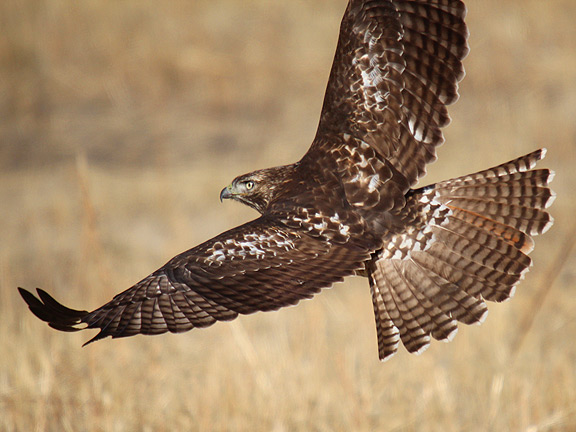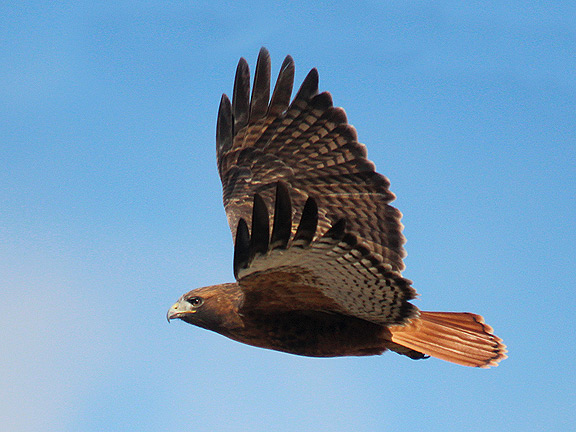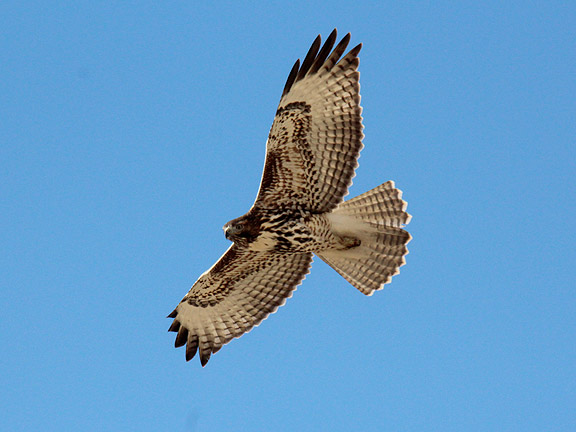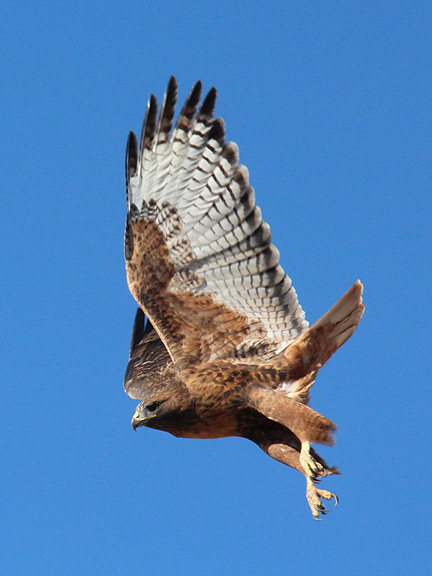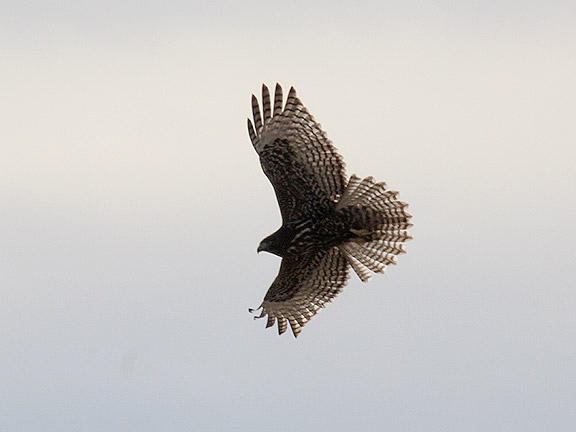We are pleased to announce the first ever Utah Birders Park City Christmas Bird Count and invite you to participate! The Christmas Bird Count (CBC) is a census of birds performed annually in December and January by volunteer birders. The purpose is to provide population data for use in science, especially conservation biology--though many people participate just for fun.
The 2011 Park City CBC will take place on Sunday, December 18, 2011 starting at 8am and going until 6pm (or until there are not more birds to be seen). We will split up into several teams to cover areas from Jordanelle north to Jeremy Ranch and from Summit Park east to Rockport and Peoa.
We will begin meeting at 7:30am in Park City at the Whole Foods at 1748 West Redstone Center Drive If you take exit 145 (Kimball Junction) on I-80 then go south the store is just east of hwy 224 just south of the interstate:
http://wholefoodsmarket.com/stores/store-locations/?storeabbr=PKC#map_top
The Whole Foods will be providing a fruit tray for us to snack on before we head out for the day--you can also purchase other items for breakfast while we chat before heading out. We will hand out checklists, maps and any other materials as well as breaking into teams if needed.
Each team will be led by a member of the Utah Birders that will help identify the species encountered and share some information about the birds along the way. For those interested we will meet at 6:00pm after at a location TBD to compile all the checklists and share stories from the day.
The cost to participate is $10 per person or $25 for families of 3 or more. $5 will go to cover the cost from the National Audubon Society. From that you will receive a copy of the report the following spring detailing findings form CBCs across the country. The other $5 will go to our local charity that the Utah Birders sponsor.
If you have any questions feel free to contact us at utah.birders@gmail.com or call Carl at 801-688-5017, Jeff at 801-842-4013, or Tim at 801-440-3035.
We hope to see you on the 1st ever Park City CBC!
The Utah Birders
Labels: bird counts, CBC, fieldtrip, Summit County
